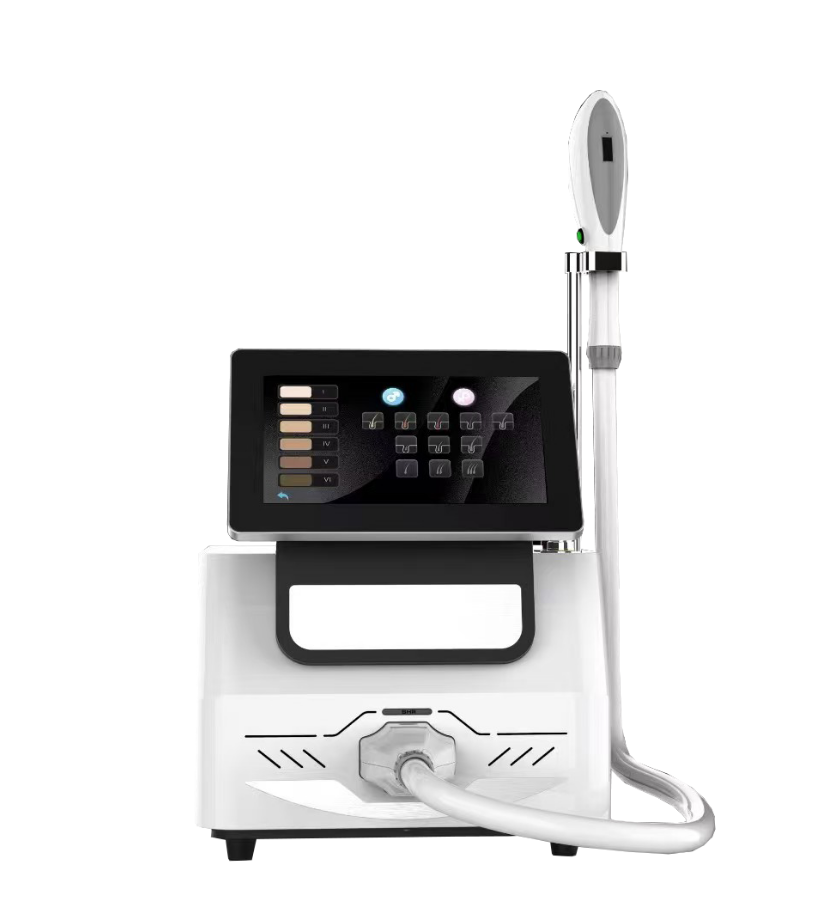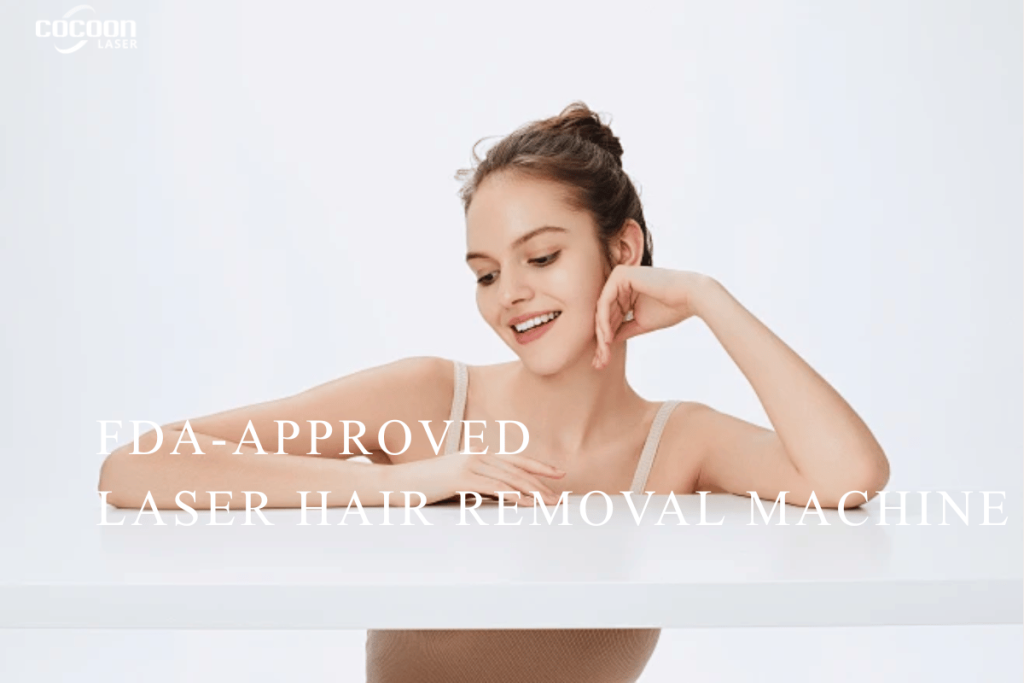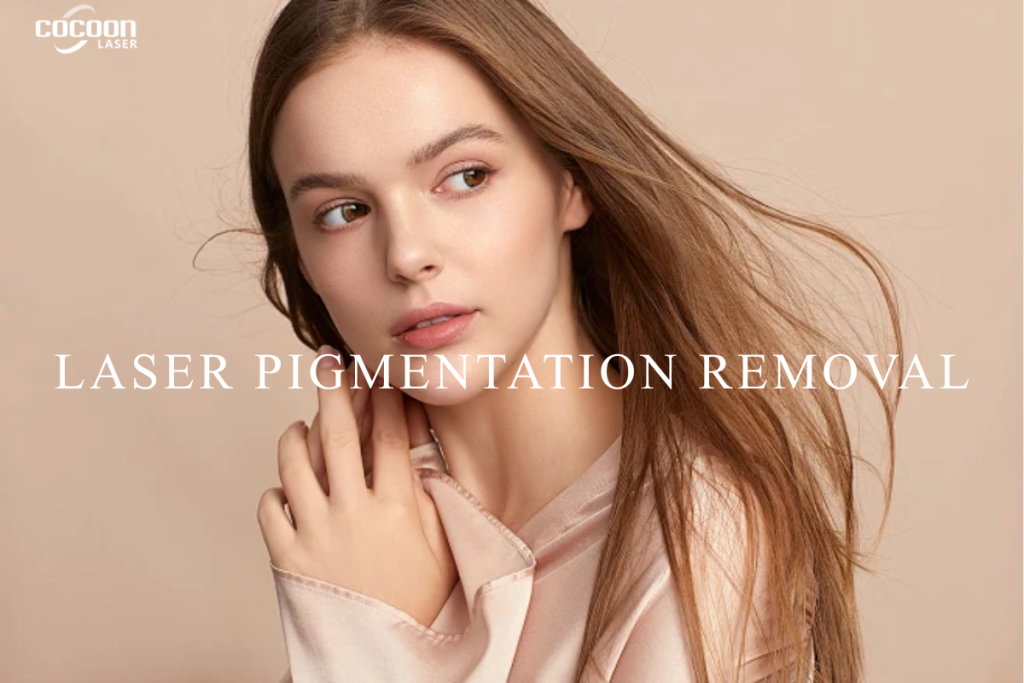Is IPL Safe for Sensitive Skin?
Is IPL Safe for Sensitive Skin?
Intense Pulsed Light (IPL) is now one of the most popular ways to handle unwanted hair and mild skin concerns, both in clinics and at home. But if your skin reacts easily to new products, temperature changes or sun exposure, the first question is always the same: is IPL actually safe for sensitive skin?
The short answer: yes, IPL can be used on sensitive skin, but only with the right device, settings and aftercare – and some people should avoid it or get medical clearance first. This guide walks through how IPL interacts with sensitive skin, what the real risks are, and how to treat more safely.
How IPL Works – And Why Sensitive Skin Needs Extra Care
IPL devices emit broad-spectrum light that targets pigment in the hair follicle or in skin structures such as sunspots and redness. The light energy converts to heat, damaging the target so it breaks down over time while the surrounding tissue is left as untouched as possible.
For most people this causes only mild, short-lived effects such as temporary redness, warmth or a “rubber band snap” sensation. Sensitive skin, however, is more reactive: the same dose of light and heat may trigger stinging, stronger redness, dryness or even a flare-up of an underlying condition.
So the question is not only “Is IPL safe?” but “How do we adapt IPL for a more fragile skin barrier?”

What the Evidence Says About IPL and Skin Sensitivity
Clinical studies on professional IPL systems generally show a good safety profile when treatments follow proper protocols. One study looking at repeated facial IPL sessions found no long-term damage to skin barrier function, nerve sensitivity or local circulation in healthy volunteers – suggesting IPL itself does not inherently make skin more sensitive over time when used correctly.
However, clinics and dermatologists consistently note that people with rosacea, eczema, psoriasis, photosensitivity, very dry skin or a history of post-inflammatory hyperpigmentation (PIH) require extra caution or a modified treatment plan.Source: AMY AESTHETICS
In practice this means:
- Lower starting energy levels
- Longer time between sessions
- More rigorous patch testing
- Sometimes switching to other technologies (e.g. Nd:YAG lasers) in darker or highly reactive skin types
So IPL can be compatible with sensitive skin — but only when you respect its limits.
Who Should Think Twice Before IPL?
For both clinic-grade and at-home devices, it’s important to be conservative or seek medical advice if you have:
- Active eczema, dermatitis, psoriasis or broken skin in the treatment area
- Uncontrolled rosacea or very persistent facial redness
- History of keloid scarring or strong PIH after small injuries
- Photosensitising medications (some antibiotics, acne drugs, etc.)
- Very recent sunburn, tanning bed use or self-tanner on the area
Areas with naturally thinner, more delicate skin also need special care. Most manufacturers recommend avoiding IPL directly on the genitals, nipples or inside the nostrils, because the risk of irritation and burns is much higher.
Anyone with a serious skin disease, a history of skin cancer or severe light sensitivity should get a dermatologist’s approval before starting IPL.
Safe IPL Practice for Sensitive Skin
1. Choose the Right Device Features
For sensitive skin, look for professional or home devices that offer:
- Multiple energy levels so you can start low and step up only if tolerated
- Built-in skin-tone sensors or recommended settings by Fitzpatrick type
- Efficient cooling (contact cooling tip or sapphire window) to reduce heat on the surface
Professional systems like Cocoon Laser’s OPT IPL platforms combine optimized pulse shapes with SHR and multi-stage cooling to spread energy more evenly over time, reducing spikes of heat that can aggravate fragile skin.
2. Always Patch Test First
Before treating a full area, test a small patch at the lowest recommended setting:
- Shave the area (for hair removal) and make sure skin is clean and dry.
- Apply one or two pulses.
- Wait 24–48 hours to see how your skin reacts.
If you see intense redness, blistering, itching or dark/white patches, do not continue and speak with a professional.

3. Follow a Sensible Treatment Schedule
Sensitive skin does not benefit from “more is more.” Over-treating can increase the risk of irritation without improving results.
For professional treatments, your practitioner will set the schedule, often every 4–6 weeks for hair removal or 3–4 weeks for skin rejuvenation.
For clinics and distributors, you can direct readers who want a deep dive into frequency to your article “How Often Should You Use an IPL Device? Expert Advice” on Cocoon’s blog:
👉 https://www.cocoonlaser.com/blog/how-often-should-you-use-an-ipl-device-expert-advice
In that guide you explain why spacing sessions 7–10 days apart early on, then extending to maintenance intervals, gives the follicles time to respond while still protecting the skin barrier.
If a reader is using an at-home handset, link them to “How Often Should I Use IPL at Home?” for a practical week-by-week routine:
👉 https://www.cocoonlaser.com/blog/how-often-should-i-use-ipl-at-home
That article outlines a phased plan (initial clearing, then maintenance) that’s much safer for sensitive skin than treating every day.
4. Adjust Settings for Sensitive Zones
Even if the rest of the body tolerates moderate energy, reduce intensity on:
- Face and neck
- Bikini line
- Underarms
These areas have more nerve endings and thinner skin, so a gentler setting often gives a better comfort/safety balance.
Aftercare Rules Sensitive Skin Should Never Skip
Good aftercare is just as important as the right settings:
- Cool, don’t burn: Use cool packs or a soothing gel (like aloe vera) immediately after treatment if you feel warmth or mild stinging.
- Hydrate generously: A simple, fragrance-free moisturiser helps restore the barrier.
- Sun is the enemy: Sun exposure after IPL dramatically increases the risk of PIH, especially in sensitive or darker skin types. Daily SPF 30+ is non-negotiable on treated areas.
- No harsh products for a few days: Pause acids, retinoids, scrubs and strong exfoliating toners around the treatment window.
- Watch for warning signs: If redness lasts more than 48 hours, or you see blistering or dark patches, stop treatments and contact a dermatologist.
So… Is IPL Safe for Sensitive Skin?
Yes – for many people with sensitive skin, IPL can be a safe option when:
- Skin is assessed properly before starting
- The device has flexible settings and good cooling
- Patch tests and conservative energy levels are used
- Sessions are spaced based on expert guidance, not daily use
- Aftercare and sun protection are taken seriously
But IPL is not suitable for absolutely everyone. People with uncontrolled inflammatory skin disease, severe rosacea or strong photosensitivity may be better served by alternative treatments or by postponing IPL until their condition is stable.
For clinics, distributors and advanced users, educating clients with resources like “How Often Should You Use an IPL Device? Expert Advice” and “How Often Should I Use IPL at Home?” builds trust and helps them get results without compromising skin comfort.
As always, this article is educational only and doesn’t replace personalised medical advice. When in doubt, a short consultation with a dermatologist is the safest step.
FAQs: IPL and Sensitive Skin
1. Can I use IPL on my face if I have sensitive skin?
Yes, many people with sensitive facial skin tolerate IPL, especially for hair removal or mild redness. Start with lower energy, avoid active breakouts or irritated areas, and make sure eyes are fully protected with appropriate goggles.
2. Is IPL safe for rosacea or very redness-prone skin?
IPL is sometimes used in clinics to reduce facial redness and visible vessels, but in rosacea-prone skin it must be performed by experienced professionals with conservative settings. At-home devices are usually not recommended for uncontrolled rosacea; get medical guidance first.
3. Does IPL make skin more sensitive in the long run?
When used correctly and spaced appropriately, current evidence suggests repeated IPL does not permanently damage the skin barrier or nerve sensitivity in healthy skin. Over-treating, using excessive energy or doing IPL on sun-damaged or diseased skin can, however, trigger irritation or hyperpigmentation.
4. Which body areas should people with sensitive skin avoid with IPL?
Avoid using IPL on mucosal or extremely delicate areas such as the genitals, nipples or inside the nose, and be cautious on tattoos or very dark pigmented lesions. Always follow the manufacturer’s contraindications for your specific device.
5. What IPL setting is best for sensitive skin?
There is no universal setting, because every device and skin type is different. As a rule of thumb, choose the lowest recommended setting for your skin tone, patch test first, then step up gradually only if the skin shows no excessive reaction after 24–48 hours.
If you need more information, please click “Contact Us”.
If you want to obtain more information, please follow our official website and Facebook.









